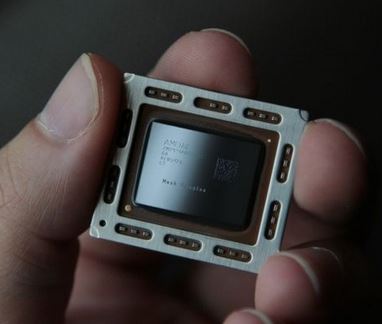According to a paper published in Nature, researchers discovered a new process for producing ultra-thin transistors. At just three atoms thick, they’re currently the world’s thinnest piece of electronics.
The devices are made from an experimental material known as a transition metal dichalcogenide, also called a TMD. TMDs usually appear as films of just a few atoms, with properties that make them useful for building solar cells, light detectors, or semi-conductors. Although it’s quite the exciting prospect for both physicists and manufacturers, making the materials work consistently has proven to be a very difficult task. However, the result of having atoms that are so thin can be seen as the best process yet for manufacturing the materials, giving hope that they may someday become atomically thin circuits and sensors.

“Our work pushes TMDs to the technologically relevant scale, showing the promise of making devices on that scale,” said one of the lead authors of the paper, Saien Xie. “In principle there is no barrier toward [commercial viability].”
Scientists explained the new way of producing TMD, which is more stable than previous methods. Using an industrial technique known as metal organic chemical vapor deposition, or MOCVD, the process involves two commercially available precursor compounds – diethylsulfide, and a metal hexacarbonyl compound, which are mixed on a silicon wafer and baked at 550 degrees Celsius for 26 hours in the presence of hydrogen gas.
This finding can ultimately result in a real breakthrough for future generations of electronics. Since electronics have been getting smaller, and quickly, too, we’ll need a very thin material that can pack circuits even tighter without overheating or breaking down.
Although it’s not certain whether or not TMD and graphene will prove to be continuously successful, this result is certainly an encouraging sign, especially for anyone with nanoscale electronics on the mind.
Story and image via The Verge
Advertisement
Learn more about Electronic Products Magazine





